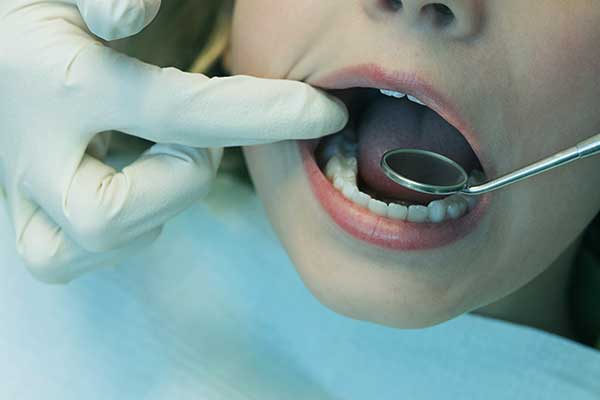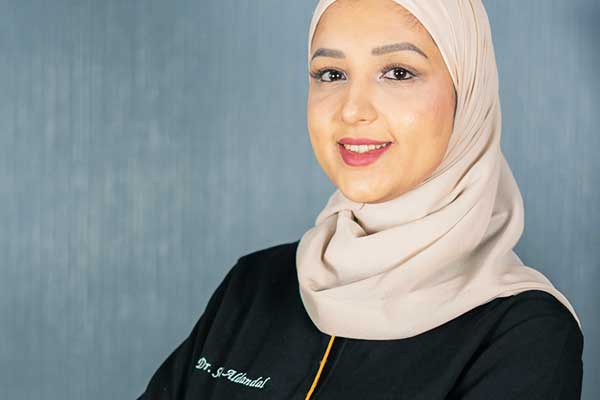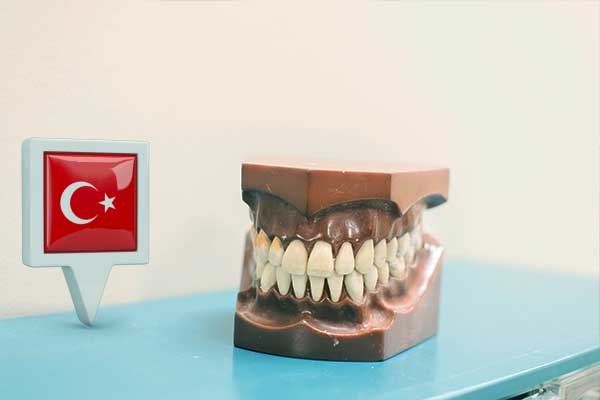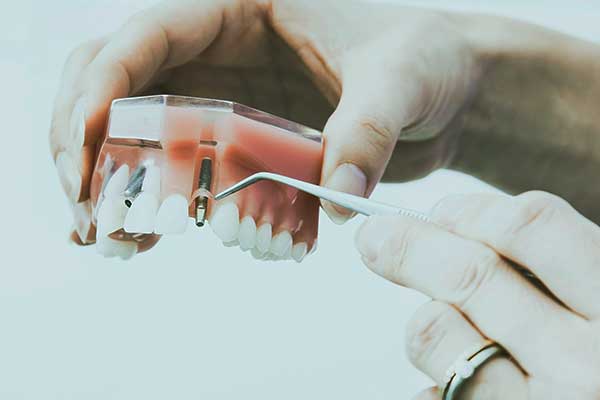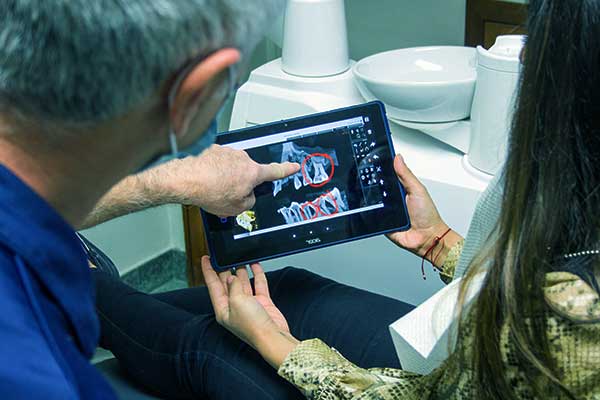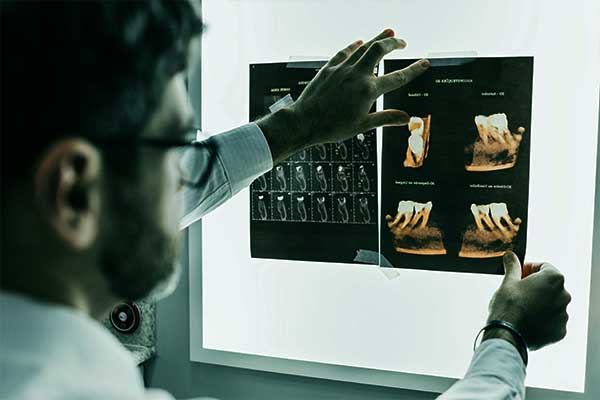baby teeth stem cells
Unlocking the Potential of Baby Teeth: Stem Cell Preservation
In recent decades, the concept of cryonics, or the freezing of tissues and cells at ultra-low temperatures, has captured the imagination of the public, offering the tantalising prospect of life after death. While the practice remains controversial and largely speculative, the field of regenerative medicine has emerged as a tangible application of cryonics, harnessing the power of stem cells to repair and regenerate damaged tissues.
We provide the exceptional service we’d want to experience ourselves!
Get offers for dental treatment prices in turkey
BEFORE&AFTER PHOTOS
The Rise of Stem Cell Medicine
Stem cells, with their remarkable ability to differentiate into various cell types, hold immense potential for treating a wide range of medical conditions. While the field of stem cell research is still in its infancy, significant strides have been made in utilising stem cells for bone marrow transplantation and tissue regeneration. From treating blood disorders to repairing damaged organs, stem cell therapy offers hope for patients battling a myriad of ailments.
However, the widespread adoption of stem cell therapy faces challenges, including the need to find suitable donors and the logistical complexities of harvesting and transplanting stem cells. Despite these hurdles, ongoing research continues to explore the therapeutic potential of stem cells in addressing diseases such as heart disease, multiple sclerosis, and diabetes.
The Dental Connection: Stem Cells in Baby Teeth
In a groundbreaking development, scientists have discovered a new source of stem cells: baby teeth. Traditionally, stem cells were harvested from bone marrow or umbilical cord blood, but advancements in dental science have paved the way for extracting and preserving stem cells from children’s milk teeth.
The process involves the rapid removal of a tooth, followed by the extraction of stem cells from the dental pulp within the tooth. These stem cells are then cryogenically preserved in liquid nitrogen, ensuring their viability for future medical use. While a single tooth may yield only a few thousand stem cells, efforts are underway to multiply them into the millions required for therapeutic applications.
The Future of Stem Cell Preservation
The concept of storing stem cells from baby teeth represents a paradigm shift in dental care, transforming routine tooth extraction into a potentially life-saving procedure. By safeguarding these precious stem cells, individuals can secure a valuable resource for future medical treatments, not only for themselves but also for their families.
Increasingly, dentists are advocating for the preservation of baby teeth, viewing it as a proactive measure to protect against future health challenges. As awareness grows and technology advances, storing stem cells from baby teeth may become as commonplace as blood donation or organ transplantation, ushering in a new era of preventive healthcare.
FAQ about baby teeth stem cells
1. Can you get stem cells out of baby teeth?
Yes, stem cells can be extracted from baby teeth, specifically from the dental pulp found within the tooth. These stem cells have the potential to be cryogenically preserved and used for future medical treatments.
2. How much is it to store baby teeth for stem cells?
The cost of storing baby teeth for stem cells can vary depending on the service provider and the duration of storage. In the UK, for example, the process typically costs around £1,385 for 30 years of storage.
3. Is there a reason to save baby teeth?
There are several reasons to consider saving baby teeth for stem cell preservation. Firstly, stem cells derived from baby teeth hold potential for future medical treatments, offering a valuable resource for regenerative medicine. Additionally, storing baby teeth allows individuals to safeguard their health and that of their family members against potential medical conditions.
4. How long do stem cells in teeth last?
When cryogenically preserved under optimal conditions, stem cells extracted from baby teeth can potentially remain viable for decades. However, the longevity of stem cells may vary depending on factors such as storage techniques and the stability of liquid nitrogen preservation.
5. Can you get DNA from baby teeth?
Yes, DNA can be extracted from baby teeth, providing a valuable source of genetic material for various purposes such as ancestry testing or forensic analysis. Baby teeth contain pulp tissue rich in DNA, making them a viable source for genetic information.
6. What can you do with old baby teeth?
While baby teeth typically fall out naturally during childhood, they can be preserved for stem cell extraction and storage. Alternatively, some individuals choose to keep old baby teeth as sentimental keepsakes or for scientific purposes, such as DNA analysis or research.
Conclusion: A New Chapter in Dental Care
In conclusion, the convergence of dental science and regenerative medicine offers a glimpse into the future of healthcare. By harnessing the regenerative potential of stem cells found in baby teeth, individuals can take proactive steps to safeguard their health and well-being for years to come. As the field continues to evolve, the tooth fairy may find herself retired, replaced by a new guardian of health and vitality: stem cell preservation.
